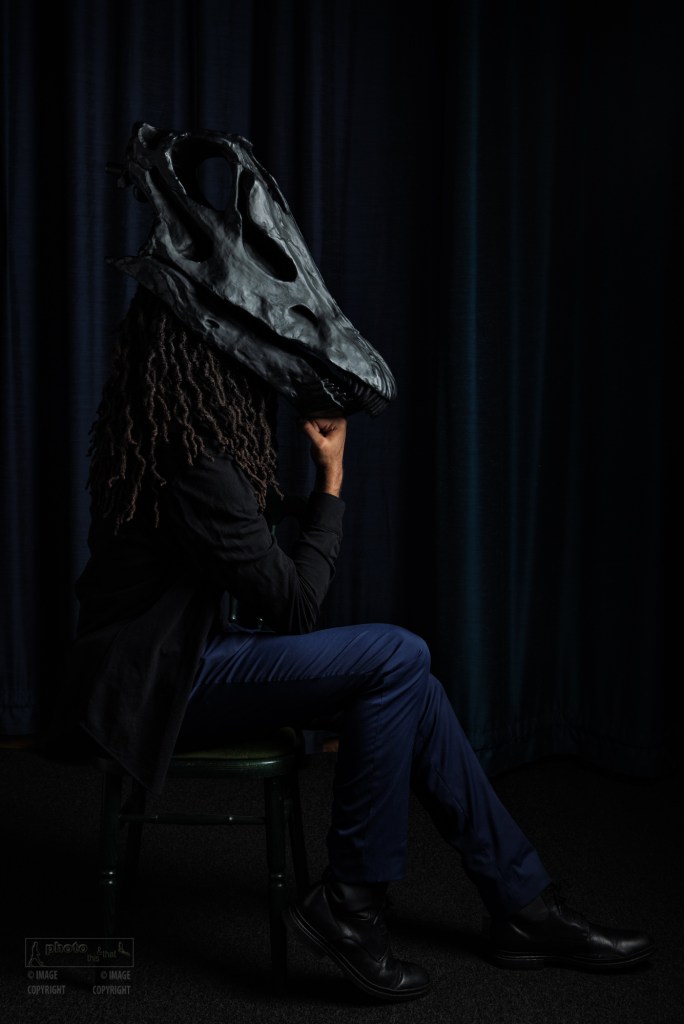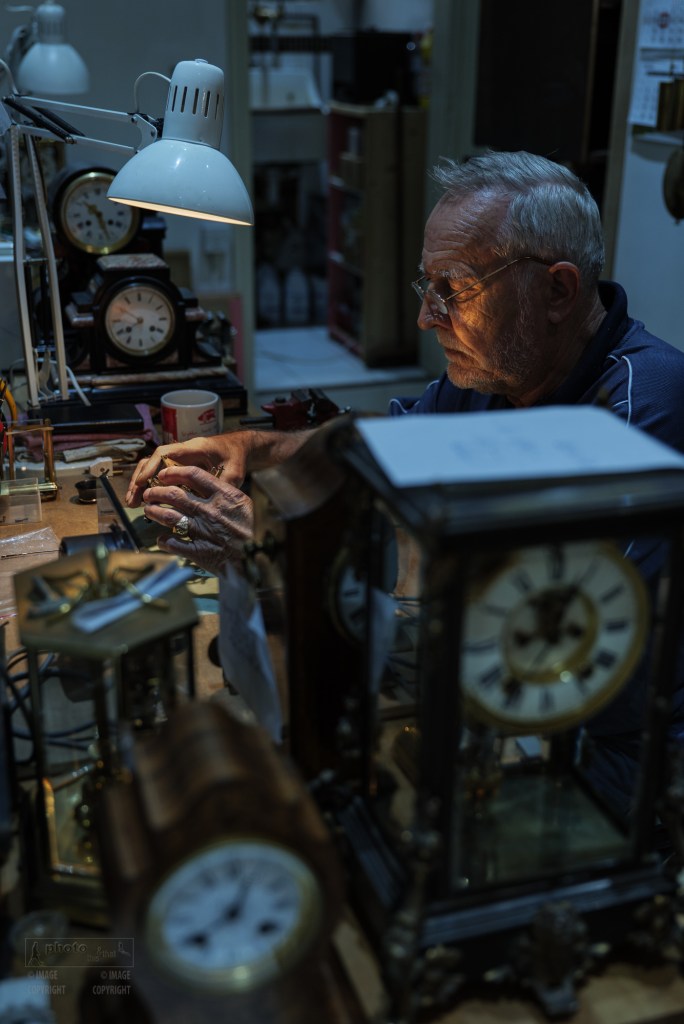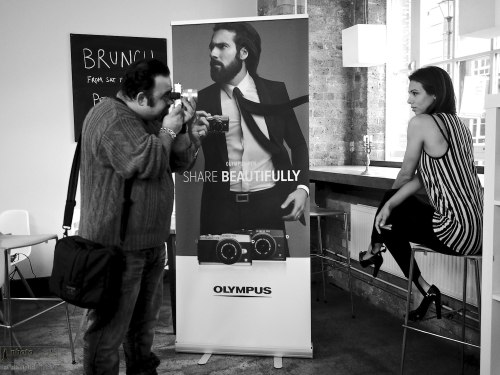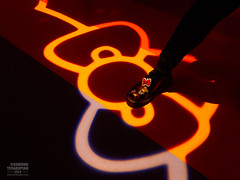Hands On Test With The E-P5

The Olympus PEN E-P5 with the Olympus 45mm f1.8 and 75mm f1.8 lenses at Olympus’s UK press event launching the new camera. *NB-Image shows an initial production camera* London, UK. May 29, 2013. Photo: © Edmond Terakopian
I was fortunate to be at the press launch for the new Olympus PEN E-P5 in London last week. Olympus had kindly arranged for a couple of models and I managed to get some time to try out the new E-P5 and a range of Olympus’s rather cool fast prime lenses. Before I carry on with this preview, it’s imperative to let you know that the camera was an IP model (Initial Production, meaning not yet final production) and the firmware was pre-production. Also, as the camera is so new (not available for purchase yet) my choice of image processing software, Aperture, does not yet support the RAW files, so all images here, as well as comments on image quality are based on the camera’s jpegs (which were then processed as needed in Aperture). Needless to say the RAW files will improve things further (better colour, more highlight and shadow detail as well as less digital noise at high ISOs).
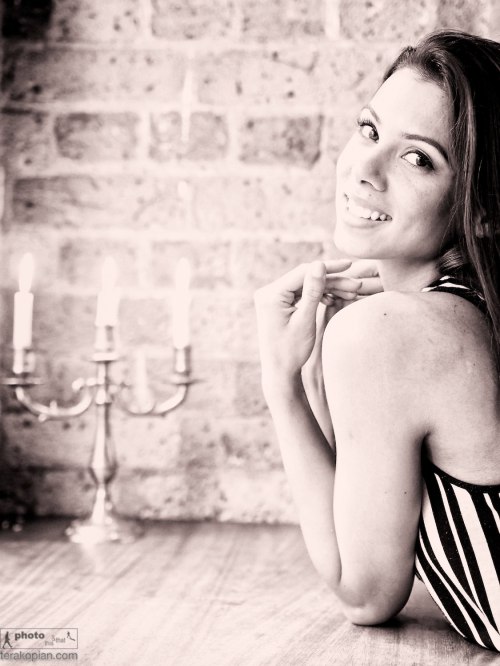
Test shots with the Olympus PEN E-P5 at Olympus’s UK press event launching the new camera. *NB-Image taken on an initial production, pre-final firmware camera* Model Sonia Yasmin Ali. London, UK. May 29, 2013. Photo: © Edmond Terakopian
Technical notes: jpeg image processed in Aperture and Nik Software Silver Efex Pro 2. ISO 3200, Olympus 45mm f1.8 lens
When Olympus brought out the first PEN, the E-P1, I was very impressed and really liked the camera. The Olympus PEN E-P2 improved things further, including adding the ability to add an EVF (electronic viewfinder) and video shooting, including adding an external microphone for better sound. I was so impressed with the E-P2 that I added one to my toolset and shot with the camera extensively.

Test shots with the Olympus PEN E-P5 at Olympus’s UK press event launching the new camera. *NB-Image taken on an initial production, pre-final firmware camera* Model Sonia Yasmin Ali. London, UK. May 29, 2013. Photo: © Edmond Terakopian
Technical notes: jpeg image processed in Aperture. ISO 2000, Olympus 45mm f1.8 lens
The E-P5 has moved things on much further. It’s definitely the best PEN by far. The design looks superb and looks a little more like the original PEN cameras from the days of film and more importantly, the ergonomics are great. The specification sheet is very impressive; 16 megapixels, super fast (and accurate) AF, 9fps (yes, nine frames per second!), full 1080p HD video, built in 5 axis image stabiliser, manual focus with focus peaking assist, built in WiFi and a brand new 2.36 megapixel external electronic viewfinder; the VF-4.
I’ll get straight to my conclusion; I loved this camera. Extremely responsive, small, unobtrusive with some stunning Olympus prime lenses. It behaved exactly as a camera should; it was an extension to my wish to shoot pictures and never got in the way. Although I didn’t get a chance (due to time restraints at the press launch party) to thoroughly explore the camera and drill down into the menus and customise settings as I would want them, I can already say that I love this camera and won’t hesitate from recommending it. Having shot extensively with the E-P2 and to a lesser extent the E-P1, I know the heritage of the digital Micro 4/3 PENs and the E-P5 has taken this line and just made it so much better.

Test shots with the Olympus PEN E-P5 at Olympus’s UK press event launching the new camera. *NB-Image taken on an initial production, pre-final firmware camera* Model Sonia Yasmin Ali. London, UK. May 29, 2013. Photo: © Edmond Terakopian
Technical notes: jpeg image processed in Aperture. ISO 3200, Olympus 75mm f1.8 lens
During my time with the camera, I shot 159 images, both indoors (dark) and outdoors (around 8pm). The combination of the camera and I managed to get one shot out of focus; everything else was in focus; bang on. This is extremely impressive.
I’m one of these photographers who likes to use cameras as they were meant to be used; to the eye! The new VF-4 is a great addition and I would say is a must have accessory. It’s pin sharp, bright, fast to refresh and just absolutely usable. I never once felt I was looking through an electronic finder.
Since I had my E-P2, Olympus has brought out some extremely impressive prime lenses and I got a chance to shoot with these too. I shot with the Olympus M.Zuiko Digital 17mm f1.8, 45mm f1.8 and the 75mm f1.8. As Micro 4/3 cameras double these, the equivalents are 35mm, 90mm and 150mm. All of these impressed thoroughly; optically superb and very fast to focus. The thought of having a 150mm f1.8 lens should be a great comfort to a news or wedding photographer!

Test shots with the Olympus PEN E-P5 at Olympus’s UK press event launching the new camera. *NB-Image taken on an initial production, pre-final firmware camera* Model Sonia Yasmin Ali. London, UK. May 29, 2013. Photo: © Edmond Terakopian
Technical notes: jpeg image processed in Aperture. ISO 500, Olympus 45mm f1.8 lens
The E-P1 would run into noise issues above 1250 ISO. The E-P5 produced beautifully smooth 3200 ISO shots. Remember, we’re judging from a jpeg here! The ISO range goes all the way up to 25,600 ISO, so it will be interesting to see how high one can go to make usable images. You can see the full specification sheet here.
The Micro 4/3 mount has come a long way. One of the huge strengths is the ability to practically mount any lens onto it. I have adapters for Leica M, Nikon and Canon lenses. The mount is so flexible that Black Magic have chosen it an option to include on their digital cinema cameras. This flexibility lets the photographer not only use any current lenses they may have, but to search out old and interesting lenses to use, each bringing with them unique characteristics.

Test shots with the Olympus PEN E-P5 at Olympus’s UK press event launching the new camera. *NB-Image taken on an initial production, pre-final firmware camera* Model Sonia Yasmin Ali. London, UK. May 29, 2013. Photo: © Edmond Terakopian
Technical notes: jpeg image processed in Aperture. ISO 1600, Olympus 45mm f1.8 lens
Is everything perfect on this camera? Not quite; I would love to see the EVF built in to the camera in place of the flash. A viewfinder on the rear top left corner, similar to a Leica M, would be perfect. As the camera already has a tiltable rear screen losing the tiltability of the EVF is no big loss. Having a built in EVF would just make the camera perfect. I would also like to see a microphone input (and ideally a headphone socket to allow monitoring of audio) getting built in too, rather than using the SEMA-1 accessory.
All in all though, these negatives don’t detract. Definitely get your hands on the camera and give it a try; you’ll be impressed.
For a full GALLERY of images, please visit my Flickr Set on the E-P5.
A couple of images of me trying out the Olympus PEN E-P5, kindly supplied by Claire Voyle:










